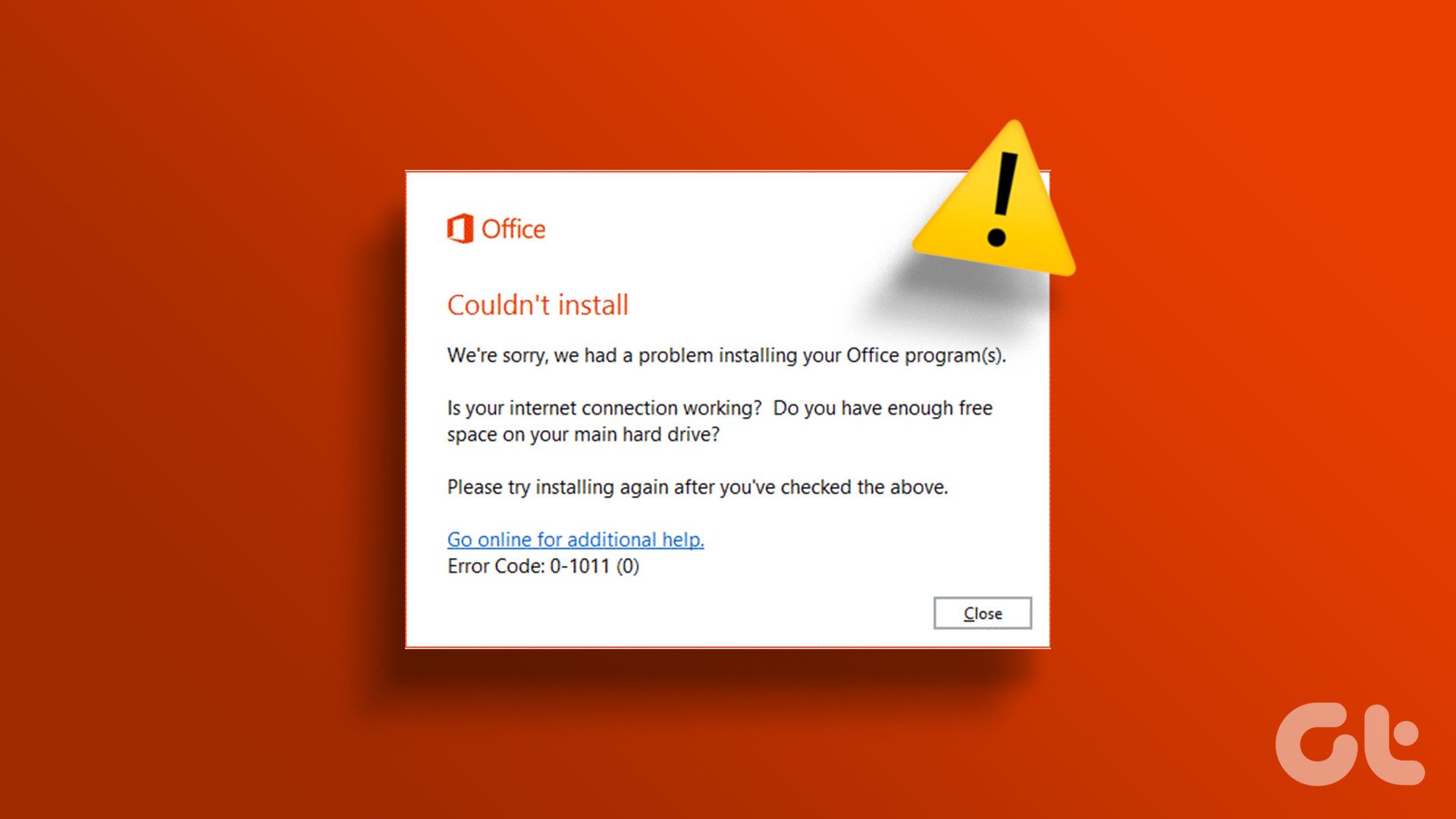Tech like smartphones can be quite expensive, however. It can be quite painful when these devices develop issues and need to be repaired. You can always take the device to the service center. However, in many cases, people tend to replace entire devices instead of attempting repairs. This process is quite wasteful and uses unnecessary resources on new products that aren’t absolutely needed. Wherever possible, products should be repaired. DIY repair is one way to go about this. If you’d like to get into or have already got into the DIY arena but are looking for more pointers, then you have come to the right place. Stay tuned for some helpful tips that will aid you in making your repairs.
Recommended Tools
In order to carry out your DIY repairs, you’ll need to have some tools. I’ll mainly be focusing on electronics, and nothing larger than say a laptop. There are a few tools that you’ll definitely need to carry out such repairs and I’ll attempt to cover the more major ones. This is not an exhaustive list, however. Let me know if I miss anything.
Precision Screwdrivers
When carrying out a repair, you’ll probably have to open up your device. In order to do this, you’ll need a decent screwdriver set. iFixit 64 Bit Driver Kit | iFixit Since the screws used in electronics are typically smaller than those used for bigger applications, a precision screwdriver kit is recommended. This will have screw-tips small enough to handle your device’s screws without damaging them. You should try to get a kit with torx and pentalobe screwdrivers to handle the corresponding security screws. Some companies use these instead of regular flathead and Phillips screw-heads to make it difficult for people to tamper with the devices. iFixit’s 64-bit driver kit contains a comprehensive set of tools, which allow you to operate several different types of tech items. The General Tools 661 Electronics Tech Repair Kit seems solid as well.
Pry tools
After removing the screws, sometimes separating sections of an item can be difficult without the assistance of a pry tool. Using your screwdriver for prying can lead to the damage of fragile parts, so it is recommended that you secure some plastic pry tools.
Magnifying Glass
Since you’ll be dealing with small parts, it can be difficult to clearly view the pieces you’re handling. This is when magnification comes in handy. The SE MZ101B Helping Hand with Magnifying Glass is a great deal since it includes a magnifying glass, as well as a pair of alligator clips for holding the object while you view or work on it.
Electrostatic Wristband
An electrostatic wristband is a must have when working on electronics in drier climates. The drier it is, the more likely it is for static electricity to build up on your body. Touching electronics will cause this static electricity to discharge to the device, potentially damaging them. This is the exact opposite of what you’d be trying to achieve. Check out ECO-FUSED’s wristbands to protect your tech while carrying out repairs.
Multimeter
If the voltages you’re getting at certain connection points is not correct, then it’s an indication that something’s not quite right. The only way you can properly test this is with a multimeter. You can also use a multimeter to test for breaks in wires. This is quite useful and helps to avoid wasteful trial and error exercises when you simply have a broken connection. iFixit has a basic multimeter, which seems perfect for the needs of a DIYer.
Top 3 DIY Repair Tips
After you’ve secured the tools that you’ll need to carry out your repair, there are a few other things that you’ll need to bear in mind.
Make a plan
Before you jump in and start tearing things apart, it’s a good idea to make a plan before you start the disassembly. Securing an official service manual, if available, is recommended. This type of manual is common with laptop manufacturers such as Dell and Acer. When it comes to devices like iPhones, it might be better to check out guides from companies who have a track record fixing these devices since you’ll not typically find an official repair manual for a smartphone in the box. YouTube videos can be helpful as well. Whatever you do, make sure you have a plan. Understandably, there might be times when there is no information available on the disassembly of your product. In this case, you should be careful when removing parts, paying close attention to the connection points so that you don’t tear or break anything.
Keep Track of Screws and Parts
So, you’ve made your plan and have begun the disassembly. It’s also a great idea to make sure that you keep track of every screw and part removed. A project mat is recommended since it allows for labeling and helps you to keep a track different parts in specified areas. Keeping everything organized saves time since you don’t need to be fidgeting with parts when it’s time to reassemble. You’ll know where everything is and have parts ready to put back together.
Test Before Reassembly if Possible
Even if you take painstaking care to follow the above 2 tips, without testing, you won’t know if your repair was successful. I recommend that you try to see if you can test your device to see if the repair was successful before the full reassembly. An example of where this comes in handy is the replacement of phone LCDs. I would recommend connecting the LCD connector of your phone to the new LCD, connecting the battery and powering the phone up to see if the new LCD functions properly before snapping everything back together. Sometimes, there are more problems that need to be resolved. Testing before the reassembly helps you to avoid unnecessary repetition of the assembly/disassembly cycle.
Benefits of DIY Repair
Embracing DIY repair is environmentally friendly. Sustaining devices longer helps you avoid wastefully replacing fixable devices and the subsequent over-production of devices. This means that fewer resources such as gold and cobalt will need to be mined from the Earth. In some cases, the conditions these elements are mined under are far less than ideal and more pressure is being placed on companies to ensure that they only source such raw materials from mining companies to ensure that their workers are not disadvantaged. In many cases, it’s also cheaper to repair your device than to buy a new one. DIY repair is also usually cheaper than taking your device to a repair shop. Plus, you will gain useful technical skills and knowledge when engaging in DIY repairs. Some companies resist making their devices easy-to-repair. However, by making devices that are easier to repair, customers are more likely to repeatedly buy from them.
Do It Yourself Now
DIY repair is useful and can save you a lot of money. However, you’ll also gain organizational and technical skills that will benefit you outside the realm of electronics repair. For instance, you might be inspired to take on general home repairs after learning how to repair electronics. These are admittedly different fields but I believe that the organizational skills learned from repairing electronics will help such endeavors. The above article may contain affiliate links which help support Guiding Tech. However, it does not affect our editorial integrity. The content remains unbiased and authentic.



















